In Aturri's bed
- Among the people of Baiona, Capbreton and Port d’Albret, the struggle of centuries of appropriation of the Aturri River took place. Of course, the Baiona won, fixing the new mouth of the river in Bokale. For the first time we found in a pedestrian blog by Ondres the allusion to this amazing journey: although it was not very defined, it could go from Bokale to Ondres by the footprints of the old Aturri bed, to the lagoons called Garros and Turc.
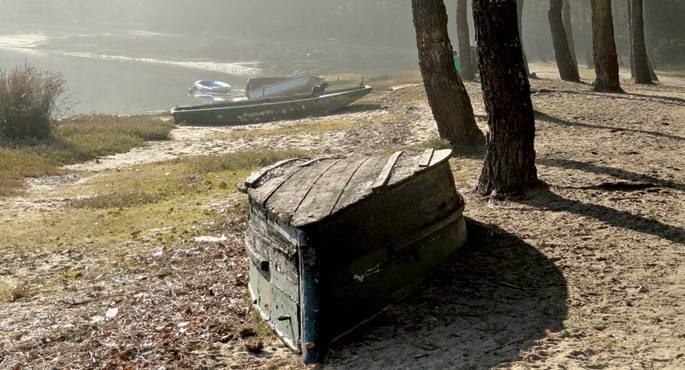
In 1571, King Charles IX, hearing the mourning of the Bayonese, ordered the engineer Luis de Foix to place Aturri in Lapurdi. The idea of dropping it was in the air since 1565 and the first investigations were carried out by the Basque Domingo Iparragirre. So a lot of money was introduced for the construction of the long Tross-Oat say and for the drilling of the 1,800 meter gold. The terrible Galvans and the attacks of the inhabitants of Capbreton made the works difficult. As the works advanced, the astonishing flood would extend the neck of the river over the mouth of Bokale. The inhabitants of Baiona were rushed because of the excessive expenses of the expansion of the canal, while the stricken meadows of Adour, witnesses of the events, laughed mockily.
For the Lande, according to the times of Angelu to Port d’Albret, the deviation of Aturri, which was between the dunes and the arteries, was a clear breath. The one who marked the literature. The writer Rosny published in 1391 the novel Itsasoa lehian and seven years later Fernand Lot stole the River. The Basques, on the contrary, created one of the most beautiful songs of the Basque songwriter, praising the wooden Baiona bar. Because Aturri couldn't get out of his head.
The rich economy carried by the river from the interiors developed on the surface of the river, slopes or ports. Capbreton, for example, next to San Juan de Luz, was filled with brave balleners. Port d’Albret, built as a boat nest by Queen Navarre Juana Labrit, did not survive much to the works of Louis de Foix. However, in recent decades it has been recovering thanks to the summers. In Vieux Boucau and Capbreton the old grains of wood and iron appear. Because the Baiona bar was ginned in the 19th century with strong stones, while the sand mountains from the mouth of the sea had to be dredged. Some say that these heavy and gigantic jobs are to punish the Bayonese with the intention of diverting the river.
Remains of the Ebatsitako River
Aturri is one of the few kidnapped. We started looking for geographic charts when we were interested in rural areas beyond the vowels. The journal Amigos de la Sociedad Científica de Baiona is entitled René Cuzacqena de 1925. A plan that has been used many times to invent walking itineraries or to shake an amazing story. There is also one on the shore of Hossegor Lake. We discovered, therefore, that the lakes and lagoons of the whole Landa Maritima are the bare arms of the old Adour: Moses, Pinsolle, Hossegor, Turc and Garros. In the midst of pines, without forgetting those wells that only by the strong smell of black waters can be noticed from time to time. Basically, the memory of the Aturri fields was wiped out almost entirely, as in the Netherlands, covering with trees the water tanks, the sea canals and later the boats and the encharcings.
The law of 1857 required the people to use the means of drying the land and to plant the barrels of pine. This type of tree had existed for a long time in the Landes, since from the Middle Ages the perseverance of the treatment of the friar and the fish has been praised. As soon as the ants deviated, the peasants began drying the wet tops without waiting at the orders of the small emperor. Since 1870, there has been a real improvement, especially by removing the risk of malaria. However, traditional pastors lost their jobs due to the privatization of funds because of plantations. They became tenants, they became pine salt collectors, they became forest keepers. Since the Second War, the trains of the Rural Exodus had swollen with their Vasco-speaking brothers.
On May 25, 1883, the fireplaces of the first wave of iron were ignited, which would conceal the remains of Aturri's old bed. The Bokale-Taronés area was rapidly industrialized, as the region was chosen to be molded by English coal and southern Basque mines so that iron could enter the sea. The workers came to the factories in thousands of raised corners. The metallurgical culture that is already about to disappear from the vowels was extended to the proletariat. To her you can see the image of the virgin and the child carved with the utensils of the iron workers that appear on the wall of the church of Notre Dame des Forges.
Capbreton, an inconsolable widow such as the sea abyss of gouf, became weaker. Napoleon III.ak stimulated the port’s underground sites. For example, those of the famous stacked. There are still some sardine fishing boats next to a luxury cairn. As Vieux Boucau grows in Capbreton from the relationships with the landowners, thanks to the bathrooms and surf activities to help them. Let us not forget that there are lots of cabernet.
Aturri, the gold lost by farmers
The Aturri River flows along 335 kilometers, chasing it in the Ahunamendi, Tarbes, Aire, Grenade, Sant Sever, Dax, Baiona, to merge into the Bokale Sea. It devours many streams along the way. By the name of palm, when it does not destroy it by floods, it enriches its shores. We understand the peasants. They were golden for them when the dream of Louis de Foix was fulfilled. The enviable whim of the Bayoneses was never forgiven, given today’s competitions between the Dutch and the Basques, the traps and the skates.
To leak the fingers of this beautiful story, you have to wake up early. Maybe a sunny day. Walking through the urbanized spaces between Bokale and Tarnoze it is not easy to imagine that there, on one occasion, a vague and tortuous creek was poured out. The smoke from the Atlantic steelworks, with the noise of the nearby sea, is seen even on Sundays as soon as it escapes above the nozzle. Instead of being born from the village of Tarnozerá, it may be better for us to slip on the road to the most difficult trails, which have probably been marked with the seal of the old bed of Aturri in his old letters. But in Tarnizos the singular pleasure of taking a walk on Lénine Avenue, which is still in the world.
Also the pilgrims who head to Santiago take the Roman road that goes from Bayona to Soulla. We will do so in the same way, taking advantage of the good road that the department of Landes has already drawn by the shore of the sea. Between the sabre and the jungle, like the old Adour. There are 18 kilometers from Baiona to Capbreton and in the afternoon we will return with the bus company RDTL.
From the city to the jungle
From the slope of the stone that celebrates the fifth anniversary of the dignified Trossoat, we can admire all the work that led to the deviation of Aturri: the myceic stones were stacked and the arm of the river was broken, with no radiance, so that it would drift to the sea. In the Forges neighborhood, then we will see the school, the residences and at another time the church that rises for the poor workers according to the teachings of social capitalism. But soon the jungle will devour our our steps. The wind caressed the pines, devouring the silence and the cozy shade. At the gates of the cycling trail, we are already in the land of Tarnoiz.
From the beach of the Metro district, enjoying the salt of the waves, we avoid the sowing rafts. The Garros and Turc are not far away. The Anguillères canal on the left and guided by the Boudigau River, let us travel five or six kilometres and we are in Capbreton. We can see with what skill the ancient inhabitants organized the land conversion of Aturri's flexible bed. At Capbreton, if you like, we can continue along the slope of Hossegor Lake, always by cycling, to reach Vieux Boucau, which King Henry II of Navarra designated as “mon port d’Albret”.
As we slip through the broken fingers of the river, sweating and wheezing, we realize the cultural goodness of tangible history. Books honor the works of Baiona. With regard to Aturri's expansion, however, there is hardly a hurricane, except for the peasants, as if everyone wanted to forget it.
Just as we experienced the flourishing of the Basque Country with the help of the artists, so that this time, taking advantage of their impulses, we continue to make our way together giving the necessary support to the Basque political prisoners, exiles and deportees
The... [+]
EMEADEDEI + MAHL KOBAT
WHEN: February 2nd.
IN WHICH: In the youth center of Zuia, Murguía.
----------------------------------------------------
On September 20 of last year, we first heard about collective music in the profile of the social network they had just created:... [+]
Otsailaren 13a Torturaren Kontrako eguna izanki, Euskal Herriko Torturaren Sareak gutun publiko bat igorri du. Poliziek torturatu euskal jendeen lekukotasunak bildu, eta aitortza egiteko xedea du sare berri horrek Euskal Herri osoan. Torturatuak izan diren 5.000 pertsonei... [+]











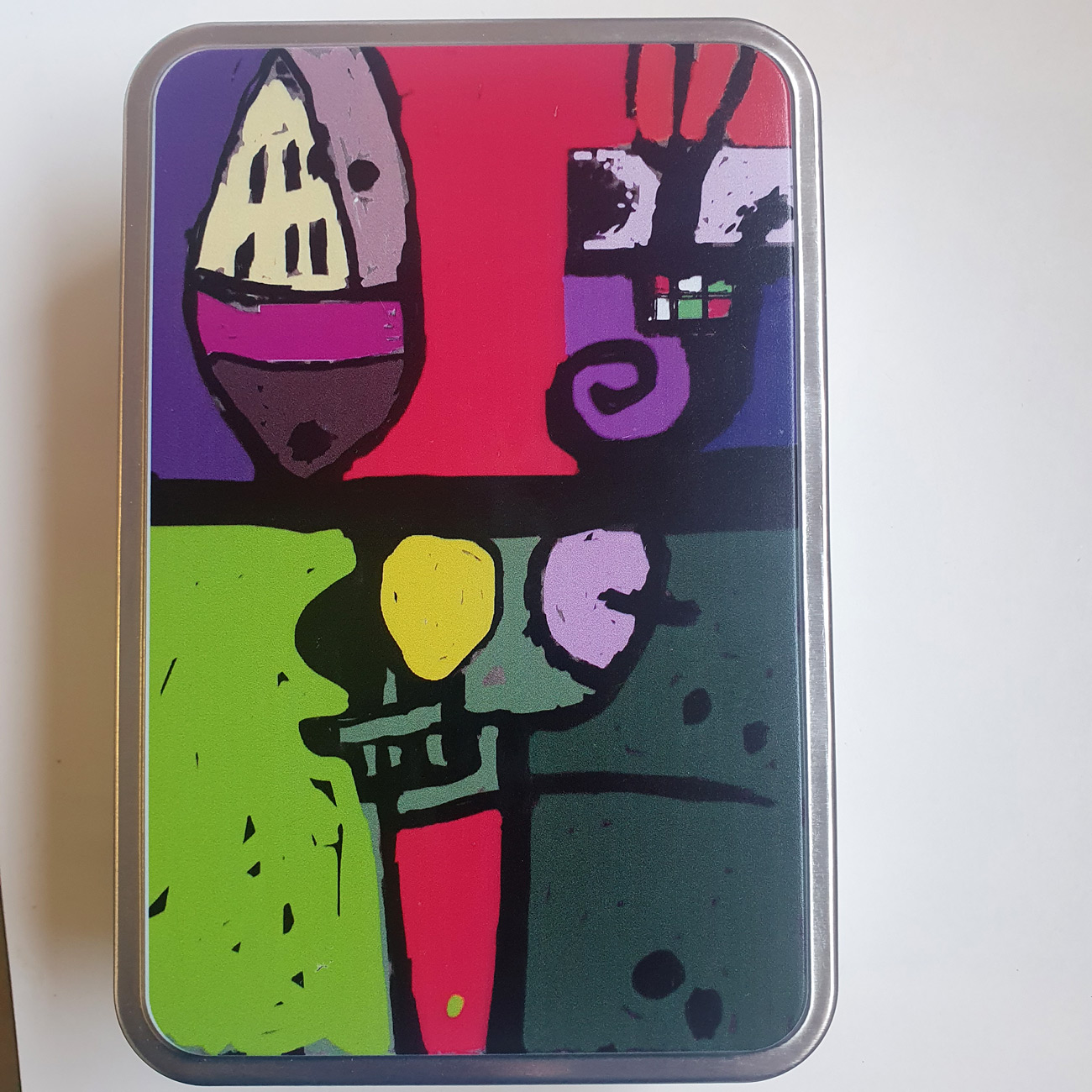

_2.jpg)
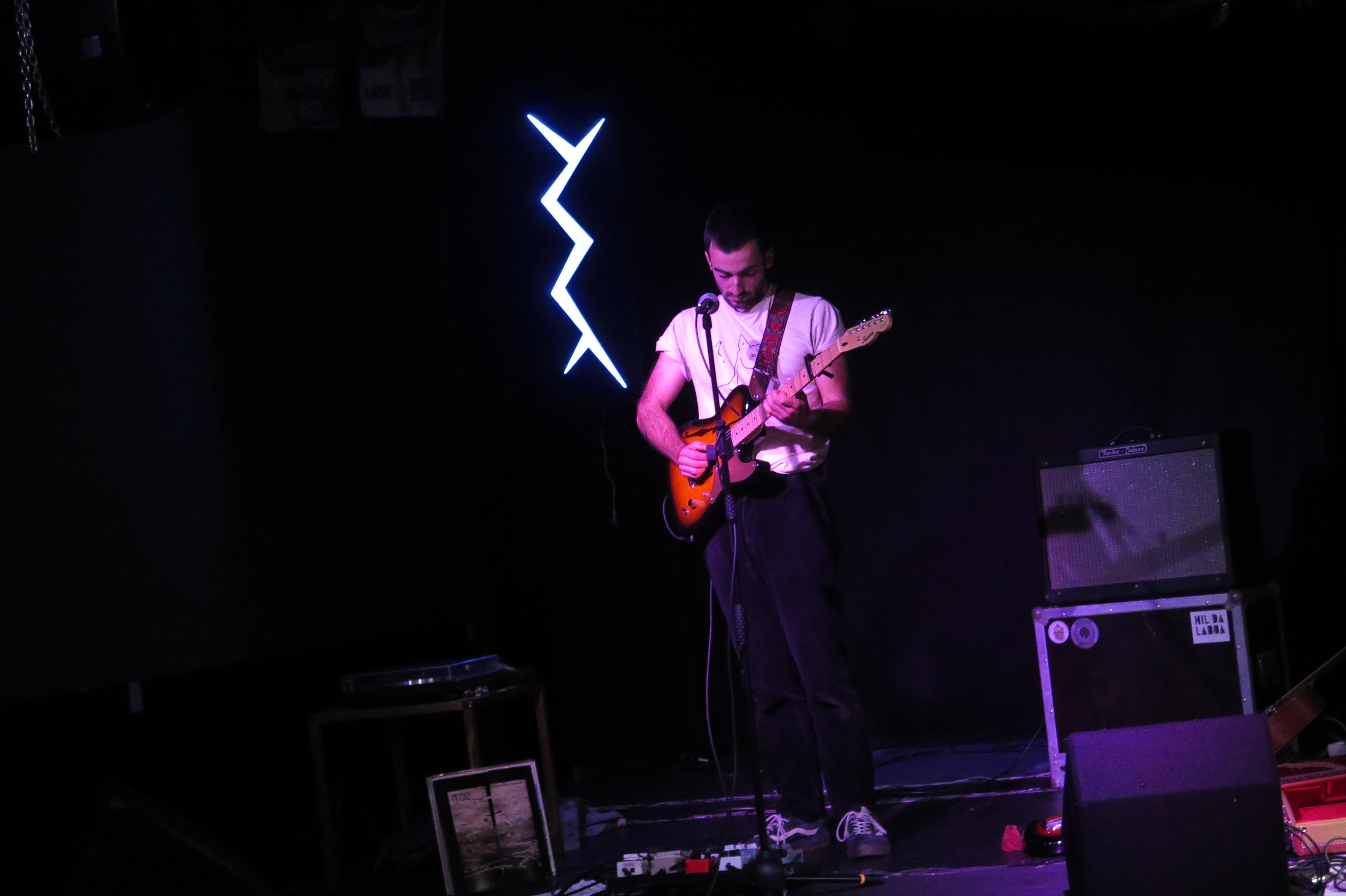
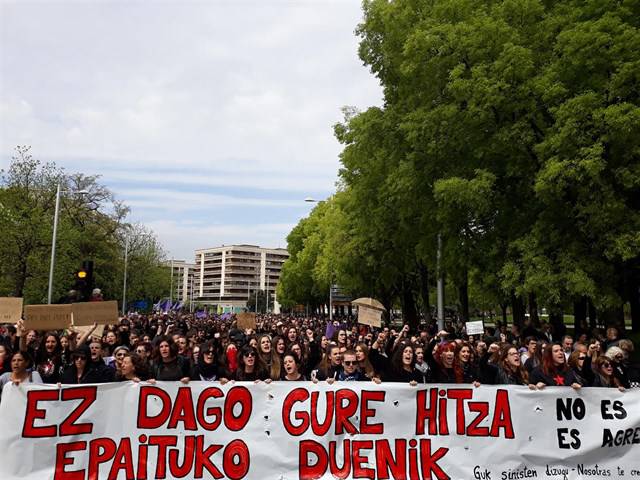
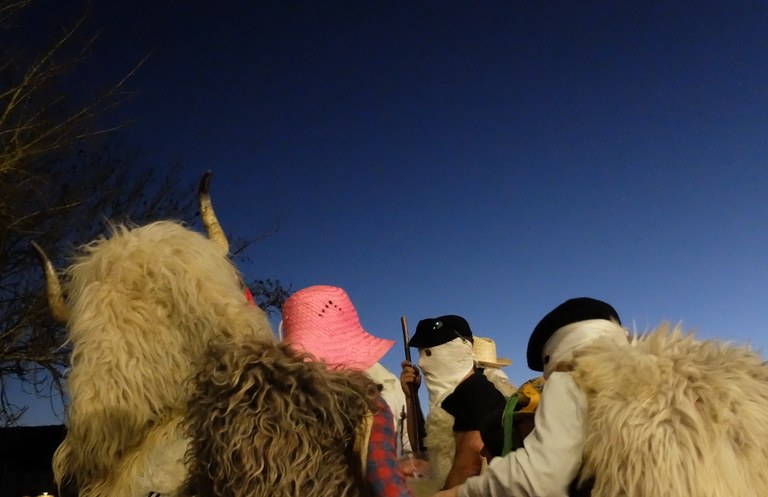

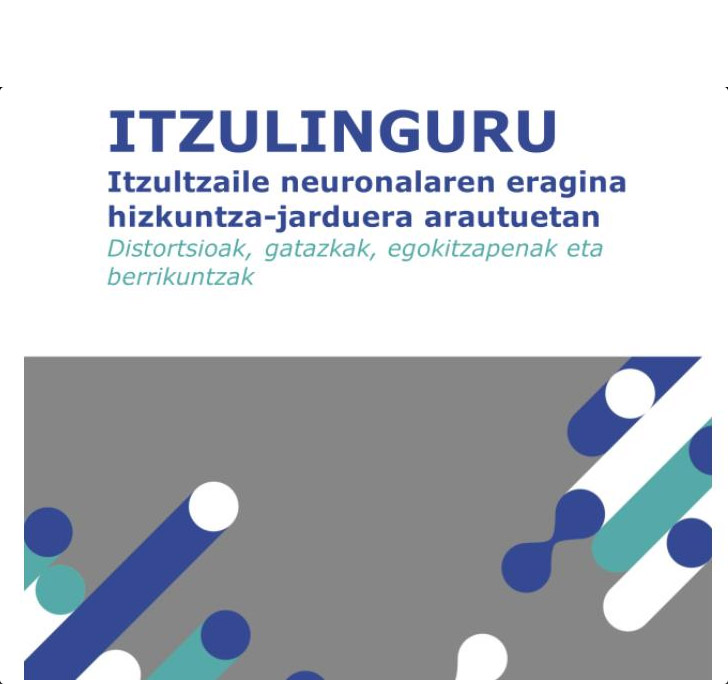

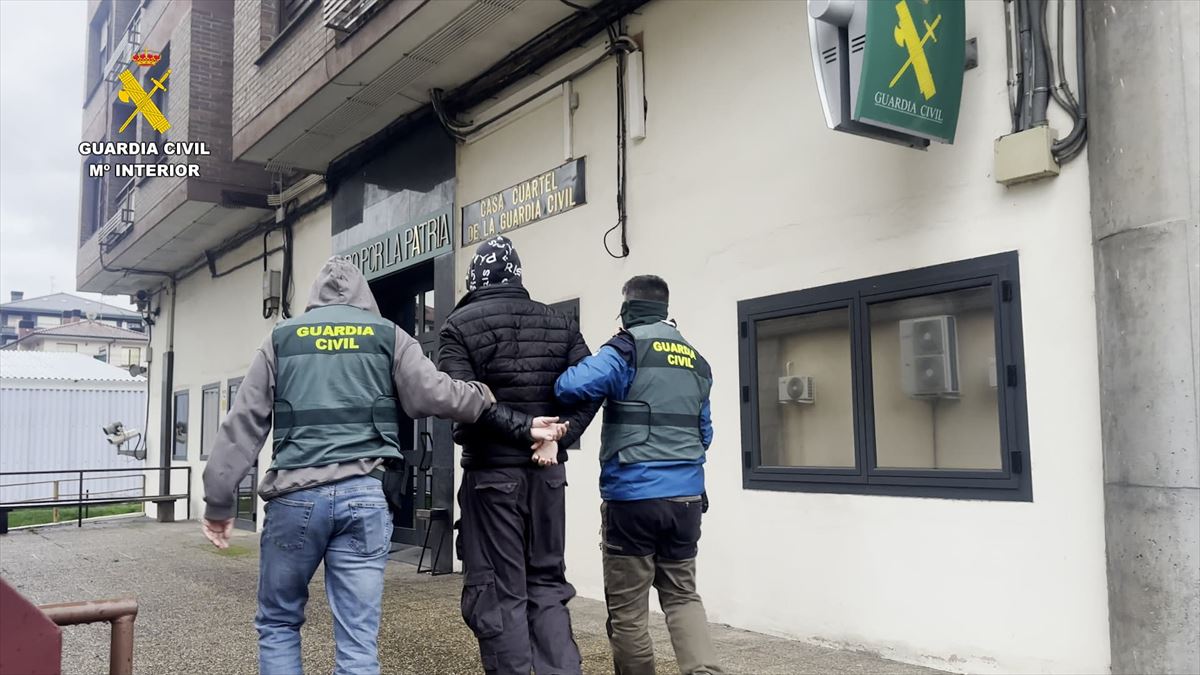
.jpg)

